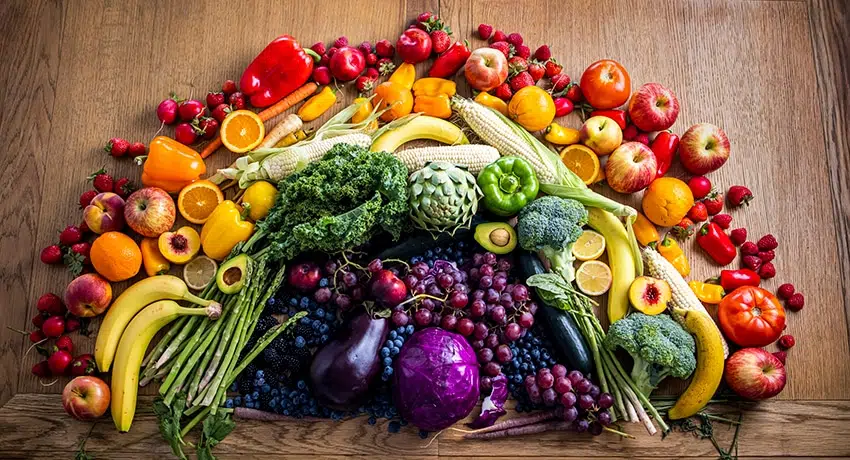Introduction
Anointment, a timeless practice spanning across cultures and centuries, holds a special place in the realm of human rituals and traditions. This sacred act involves the application of oils, ointments, or other substances to an individual’s body, often accompanied by ceremonial prayers or invocations. In this article, we will explore the rich history of anointment, the various rituals associated with it, and its modern applications.

Historical Significance
Anointment has deep roots in human history, dating back to ancient civilizations. In ancient Egypt, for instance, anointment was an integral part of the mummification process, wherein the deceased were anointed with perfumed oils to prepare them for the afterlife. Similarly, in ancient India, anointment played a significant role in Ayurvedic medicine, where herbal oils were used to promote healing and balance in the body.
Religious and Spiritual Anointment
Many religious and spiritual traditions incorporate anointment into their rituals. In Christianity, the sacrament of anointing the sick involves the application of holy oil to the forehead and hands of individuals who are ill, symbolizing the healing power of faith. In Hinduism, devotees often anoint themselves with sacred oils as a form of purification before entering temples or performing rituals.
Moreover, anointment is a central element in the initiation of kings and queens in various monarchies and is believed to convey divine blessings and legitimacy to their rule. This practice is evident in the anointment of kings in medieval Europe and the crowning of monarchs in the United Kingdom to this day.

Modern Applications
While anointment has its roots in ancient traditions, it continues to have relevance in the modern world, albeit in different forms. Some of its contemporary applications include:
1. Aromatherapy: Anointing with essential oils is a popular practice in aromatherapy, where the scents and therapeutic properties of oils are used to promote physical and emotional well-being.
2. Massage Therapy: Ointments and oils are commonly used in massage therapy to relax muscles, reduce stress, and alleviate pain.
3. Skincare: Anointment is central to many skincare routines. High-quality oils and serums are applied to the skin to hydrate, nourish, and rejuvenate.
4. Rituals and Ceremonies: Anointment is still a part of various ceremonies such as weddings, where couples may exchange anointing oils as a symbol of unity and commitment.
5. Spiritual Practices: Many individuals incorporate anointment into their personal spiritual practices. They may anoint themselves or their sacred objects with oils infused with intention and prayer.

Conclusion
Anointment, a practice that transcends time and culture, continues to have a profound impact on the human experience. Its historical significance in ancient rituals, religious ceremonies, and healing traditions has evolved into modern applications that promote physical and emotional well-being. Whether used in aromatherapy, massage therapy, skincare, or personal rituals, anointment remains a powerful and meaningful practice in our lives, connecting us to our past while enriching our present.

